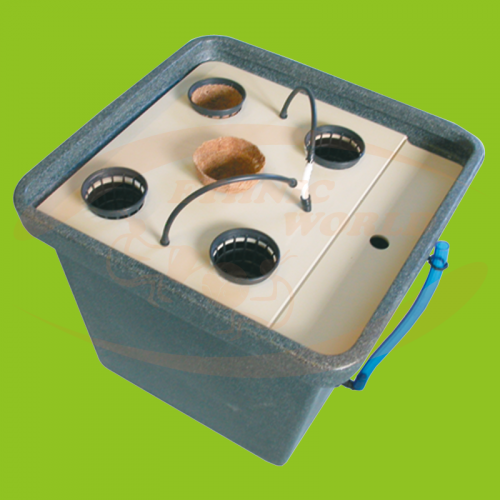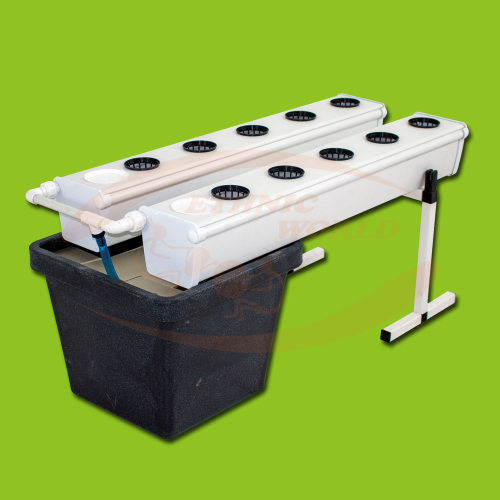
If you're looking for a viable alternative to hydroponics, aeroponics could be the growing technique you're looking for. Aeroponics makes indoor gardening easier than ever, saves space and makes plants grow faster.
Aeroponics: an industrial greenhouse growing technique
Aeroponics is a perfect alternative to traditional hydroponic systems. If you have a small garden or live in a flat, condo, etc., you can benefit greatly from aeroponics. This guide explains the process of aeroponics, the differences between aeroponics and hydroponics, and the advantages and disadvantages of aeroponic gardening.
Definition of aeroponics
Aeroponics is the growing of plants without soil or water. Unlike hydroponics, there is no dripping or flooding of the nutrient solution onto the plant or substrate. The basic principle of aeroponics for indoor gardening is to grow plants indoors by spraying and flooding the roots with an aeroponic fertiliser solution. This makes it possible to grow plants indoors without worrying about the diseases or pests that are present when growing them in the ground. Many growers prefer aeroponics to hydroponics, because the extra aeration of the solution due to fogging tends to oxygenate the plant more. Plants grow faster and fewer pathogens can develop, resulting in healthier plants.
Uses of aeroponics
Aeroponics is a type of gardening that eliminates many of the disadvantages of outdoor growing and hydroponics. Aeroponics is suitable for most plants and flowers and offers a controlled environment. This method is used by growers who need close control of their plants and by people who want to eliminate the need for pesticides. Aeroponics also allows for natural, disease-free organic growing.
Advantages and disadvantages of aeroponics
Aeroponics is a useful growing method that has led to many scientific advances. However, it requires a great deal of precision, and fine-tuning can be very costly. The end result can be very beneficial, as this method of gardening allows you to obtain a greater density of plants and a higher yield in a shorter space of time. There are different types of systems, including low-pressure, high-pressure and commercial systems, so growers can choose the ones that suit them best. This type of gardening allows careful control of the plants and can produce amazing results. However, installing this method of gardening can be very complicated and expensive. If you are interested in an aeroponic system, we recommend that you consult a catalogue of aeroponic systems.
What do I need to check if I want to grow aeroponics successfully?
1. Be sure to check the pH of the solution at least once every 48 hours.
The optimum pH for aeroponics should be between 5.5 and 6.0. Using a digital pH meter, you can determine whether the solution is at the right pH.
2. Check the EC value regularly to see how much salt (fertiliser) is present.
Electrical conductivity or EC is measured in mS/sec milli-Siemens per second using a conductivity meter. The EC value varies from 0.8 (during the first few weeks) to 2.0 (from week 3 to week 9), then falls back to 1 during the last two weeks.
3. Replace the nutrient solution every 20 days.
4. Once the production cycle is complete, clean and sterilise the system thoroughly before starting the new cycle.
Your Ethnic team is at your disposal for any questions you may have about aeroponics and advice on how to buy the best growing kits online!





















